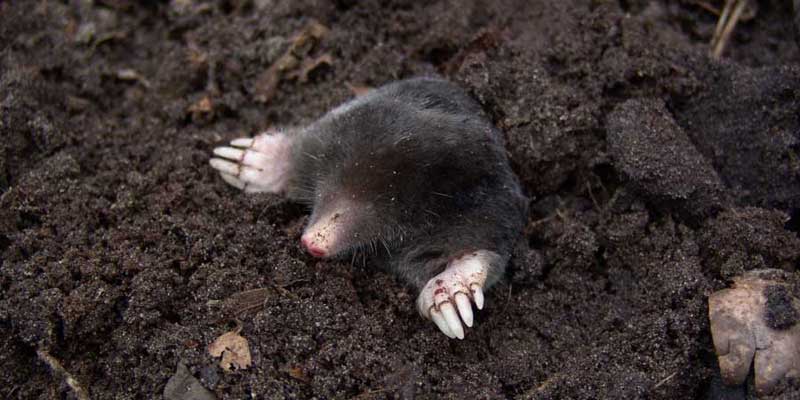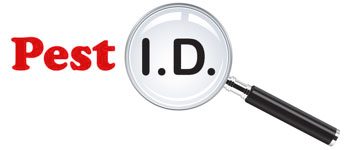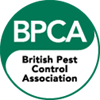
Mole Removal in Essex: Get Rid of Moles Fast
We Can Help You Get Rid of Mole Infestations
Different customers have different circumstances, which in turn means the appropriate methods are needed to successfully get rid of moles. On completion of a site survey, Pest ID will advise on the best method available to neutralise the problem.
Gardens and parks

Population control
It is important to deal with a mole problem as soon as the first hills appear. Ignoring the mole too long could potentially allow it to breed. As a female mole is able to have up to 6 in a litter, your minor nuisance could soon turn into a major infestation.
Health and safety
In this safety conscious age moles can cause a hidden, but potentially serious hazard. By allowing a mole infestation to grow you run the risk of allowing the moles to build up a complex labyrinth of runs, some which are only a few inches under the surface. Somebody standing on the run could collapse it and easily twist an ankle, or worse.
Agricultural
EXCELLENTTrustindex verifies that the original source of the review is Google. Pest ID attended at short notice to treat a pest problem. Steve K was courteous and professional. I would recommend Pest ID.Trustindex verifies that the original source of the review is Google. Would 100% recommend this firm, had my solar panels bird proofed by Ian, lovely gentleman, excellent job done. On time, very helpful, down to earth and very reasonable prices!Trustindex verifies that the original source of the review is Google. Ian was very knowledgeable in carrying Pigeon Proofing My Solar Panels & very understanding when he had to make 3 site visits to ensure remaining Baby Pigeons had gone, I would have no hesitation in recommending Pest ID. With Thanks for a Job Well DoneTrustindex verifies that the original source of the review is Google. Would highly recommend this company, Ian was courteous, polite and explained every aspect of the job to pigeon proofing our solar panels, he even fixed a loose roof tile he noticed. Great service!Trustindex verifies that the original source of the review is Google. We have a portfolio of property across London and have used Pest ID for a number of years to tackle rats, mice, wasps, ants, etc. They are very professional, responsive, helpful, and always get the job done. We would thoroughly recommend them to anyone needing Pest treatment.Trustindex verifies that the original source of the review is Google. I contacted Pest ID re possible bedbugs (unfounded as it turned out!) and spoke with Ian (technician) and Jo (office manager), both of whom were very calming and patient. They very clearly explained their procedures with a follow up email and expertly answered my questions. I felt greatly relieved and knew I was in safe hands. Terry came the next day and, after investigating, provided the reassurance I needed to confirm no bedbugs! He was very knowledgeable and kind, offering advice and made me feel very comfortable. I would have no hesitation whatsoever in recommending this exceptional company with such professional, caring and compassionate people.Trustindex verifies that the original source of the review is Google. A fantastic service. 5 stars just aren't enough. Spoke to the lovely Jo A, and I was just blown away by the customer service. Best way to describe this company is honest trustworthy and actually putting the customer first. They worked to not only solve my issue, but using the best method for me, they didn't push the most expensive service but also didn't just offer a cheap option that wouldn't work. Jo took the time to explain everything. She's a real credit to the team. I really cannot recommend Pest ID enough. If youre looking for an honest tradepersons who give a superior service stop searching. Thanks Jo!Trustindex verifies that the original source of the review is Google. Problem with pigeons roosting, called PestId, came before 9am next morning and quickly expertly and professionally within an hour. First class service. Use no othersTrustindex verifies that the original source of the review is Google. The technician attended on time, and was polite and very thorough. He also kindly moved the furniture back for me without being asked! Definitely comes recommended :)Trustindex verifies that the original source of the review is Google. Friendly, fast and efficient serviceVerified by TrustindexTrustindex verified badge is the Universal Symbol of Trust. Only the greatest companies can get the verified badge who has a review score above 4.5, based on customer reviews over the past 12 months. Read more








